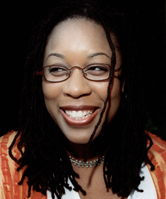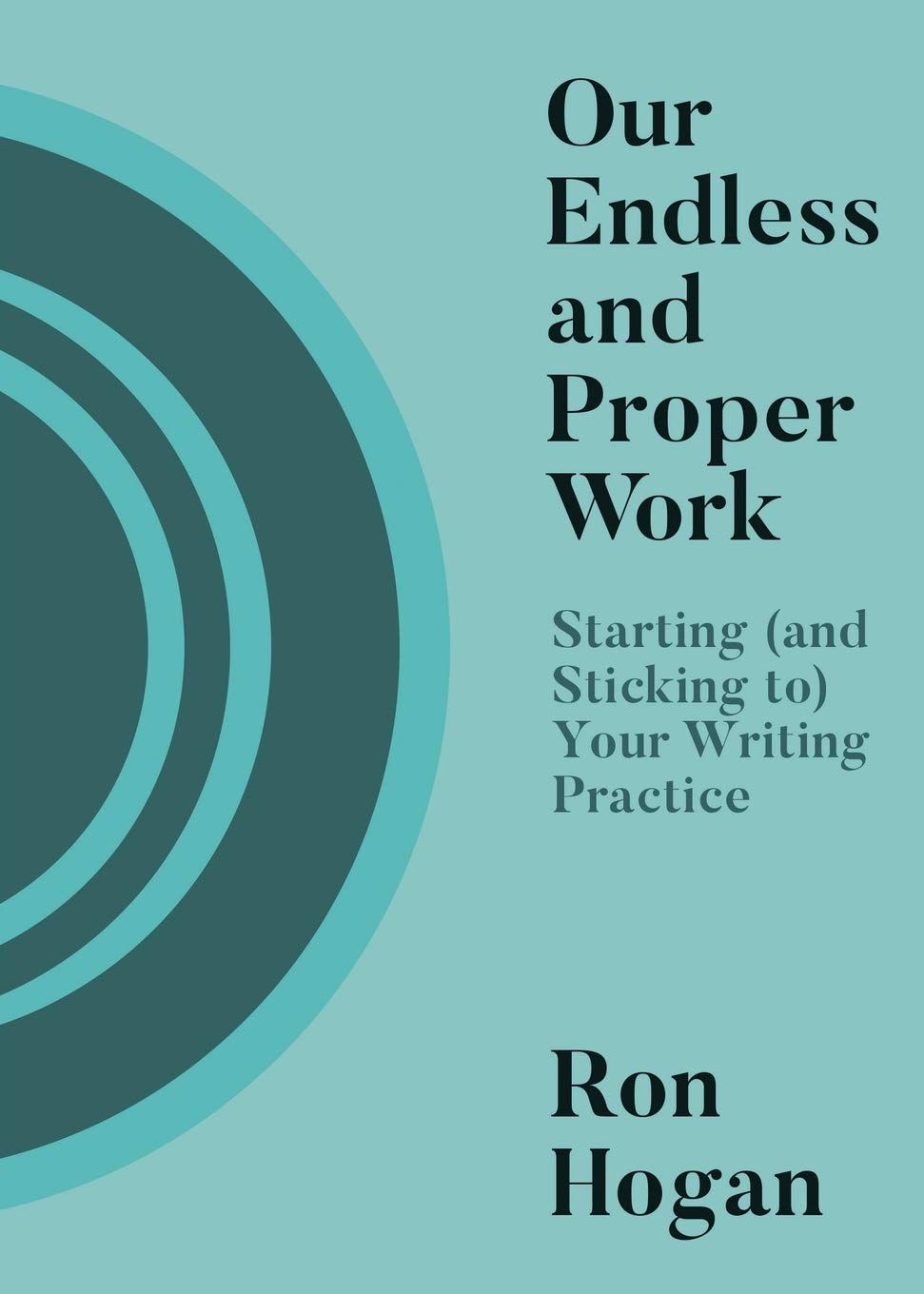Carolyn Turgeon’s Heart Belongs to Nanni
 Carolyn Turgeon is different from the authors who usually make guest appearances here, in that she and I have a long-running rivalry at Scrabble (at which she currently, damn her, has the advantage). Tomorrow night, she’ll be reading from her debut novel, Rain Village, at the Astor Place Barnes & Noble, and then heading out to a nearby tiki bar for a party that, I’ve been led to believe, will include “fire eaters, sword swallowers, burlesque girls, an old-time vaudeville band, and pink cupcakes.” So that sounds like it’ll be fun. In the meantime, she’s here to tell us about one of her favorite stories.
Carolyn Turgeon is different from the authors who usually make guest appearances here, in that she and I have a long-running rivalry at Scrabble (at which she currently, damn her, has the advantage). Tomorrow night, she’ll be reading from her debut novel, Rain Village, at the Astor Place Barnes & Noble, and then heading out to a nearby tiki bar for a party that, I’ve been led to believe, will include “fire eaters, sword swallowers, burlesque girls, an old-time vaudeville band, and pink cupcakes.” So that sounds like it’ll be fun. In the meantime, she’s here to tell us about one of her favorite stories.
It was in an Italian literature class in college that I first read “La Lupa” (“The She-Wolf”) by the late nineteenth-century Sicilian writer Giovanni Verga, and lost my heart.
How could you not love Verga? He was famous for verismo, naturalist writing rooted to the harsh realities of peasant life in Sicily, but to my mind there is no bigger drama queen than this man, and this is pure diva fiction: mothers crying over their dead sons; men losing their mind and crawling on their bellies in front of churches as penance; women stalking through the countryside in the burning afternoon, ravenous with lust; hot ax-wielding men covered in the grease of fermenting olives.
I don’t know a more lusty, ravenous woman in literature than Pina, the title character of “La Lupa.” I mean, just look at the story’s first lines: “She was dark-haired, tall and lean, with firm, well-rounded breasts, though she was no longer young, and she had a pale complexion, like someone forever in the grip of malaria. The pallor was relieved by a pair of huge eyes and fresh red lips that looked as though they would eat you.”
I love her the way I love Greta Garbo and Marlene Dietrich. Imagine Marlene Dietrich setting her formidable gaze on a poor olive farmer with the unfortunate name of Nanni. No one would be able to match her, or resist her. For Pina, it doesn’t matter that she has a grown daughter and spends her days working in the fields. She’s hot! She’s even made a priest lose his soul. As often as I myself pass in front of churches swinging my hips, I have yet to even come close to this. And she always has bright red lips, no matter how many hours she slaves in the fields, while I have to reapply “Wine with Everything” on the hour. And Pina wastes no time on small talk or stolen glances: instead, “she would gobble up their sons and their husbands in the twinkling of an eye with those red lips of hers.”
13 November 2006 | guest authors |
Erica Simone Turnipseed Gets Real With Her Fiction
Erica Simone Turnipseed recently published Hunger, the sequel to her first novel, A Love Noire. Both books work to ground the relationship between the central characters by placing them in a world recognizable as our own, even to the extent of drawing from recent events. Here, Turnipseed explains why she chooses to embrace the responsibility of getting public stories right in order to tell her own.

The phrase “truth is stranger than fiction” is ubiquitous, at least in English. We often utter it when watching the evening news as some sort of explanatory statement that helps us process the world’s endless parade of madness and sadness, whether man-made or the proverbial act of God. As a fiction writer, I am clear about two things: that the stuff of fiction can be pretty strange, and that fictionalized human drama must ring with authenticity in order for the reader to believe it.
For me, my characters are real: they have a history, a dysfunctional family, favorite haunts, and people who care for them, not least of which is me. When I wrote A Love Noire, and gave birth to the characters of Innocent and Noire, I learned just how real these characters had become: My inbox was full of emails from readers who confessed that they knew Noire, the Afro-wearing Ph.D. student, and her love interest Innocent, a well-heeled investment banker who hailed from Côte d’Ivoire, West Africa. Not only did they know these characters, but many proclaimed that they were these characters! Fictionalized or not, Noire and Innocent—and their family, friends, and colleagues—were real to many.
It was in A Love Noire that I decided to make their universe parallel our own: they lived on real streets in New York City and traveled to historical sites in New Orleans, Charleston, Jamaica, and Côte d’Ivoire. They shared a penchant for the music, clothing, and restaurants of many of the trendy sorts here on our side of planet Earth.
But those things were simple. It gets harder when characters are affected by the incidences of recent history. In most historical fiction, writers can create a plausible, historically accurate story line for their characters knowing that their readers are unlikely to have a personal association with the events. It was quite the opposite when I wrote about the Christmas Eve coup in Côte d’Ivoire as experienced by Innocent and his family: some of my readers had first-hand accounts of it as well.
1 November 2006 | guest authors |

 Our Endless and Proper Work is my new book with Belt Publishing about starting (and sticking to) a productive writing practice.
Our Endless and Proper Work is my new book with Belt Publishing about starting (and sticking to) a productive writing practice. 
